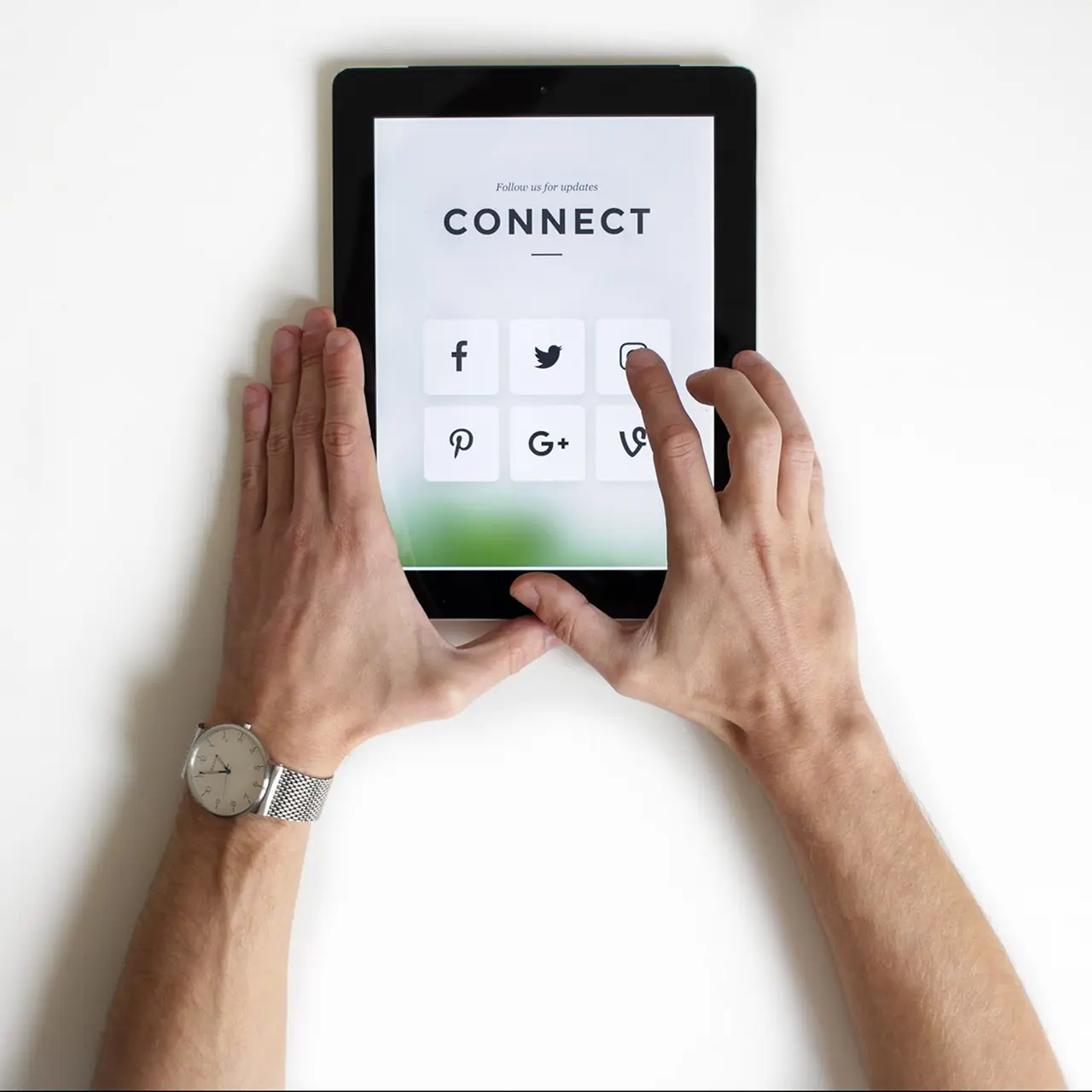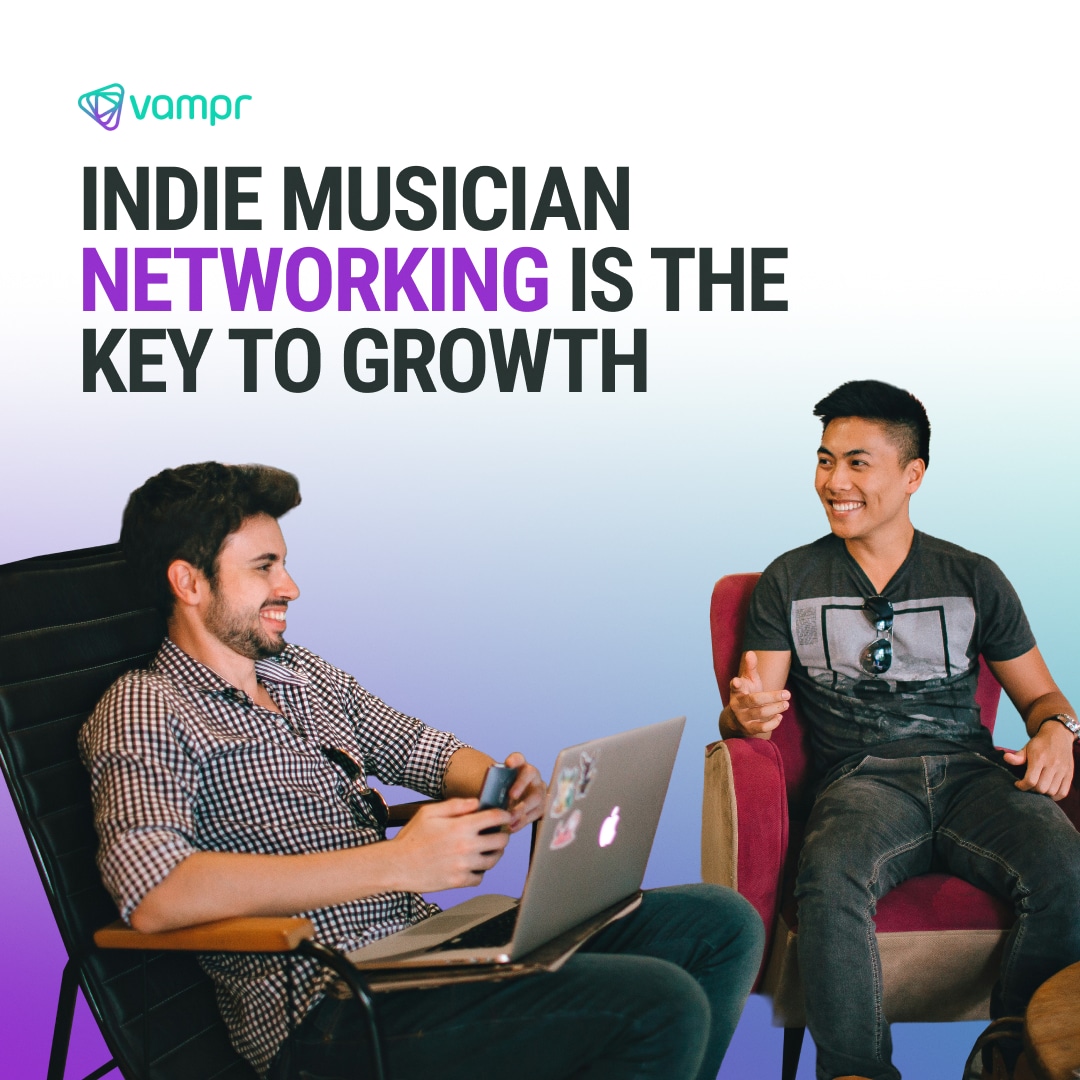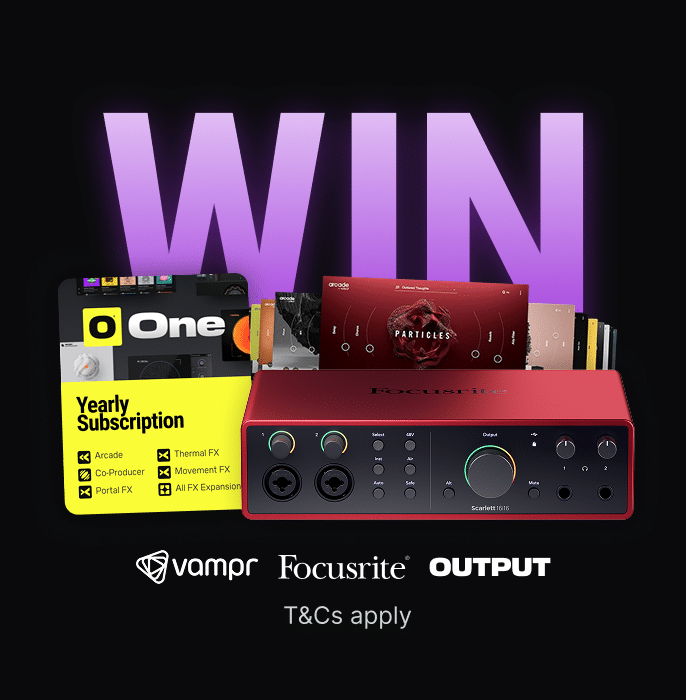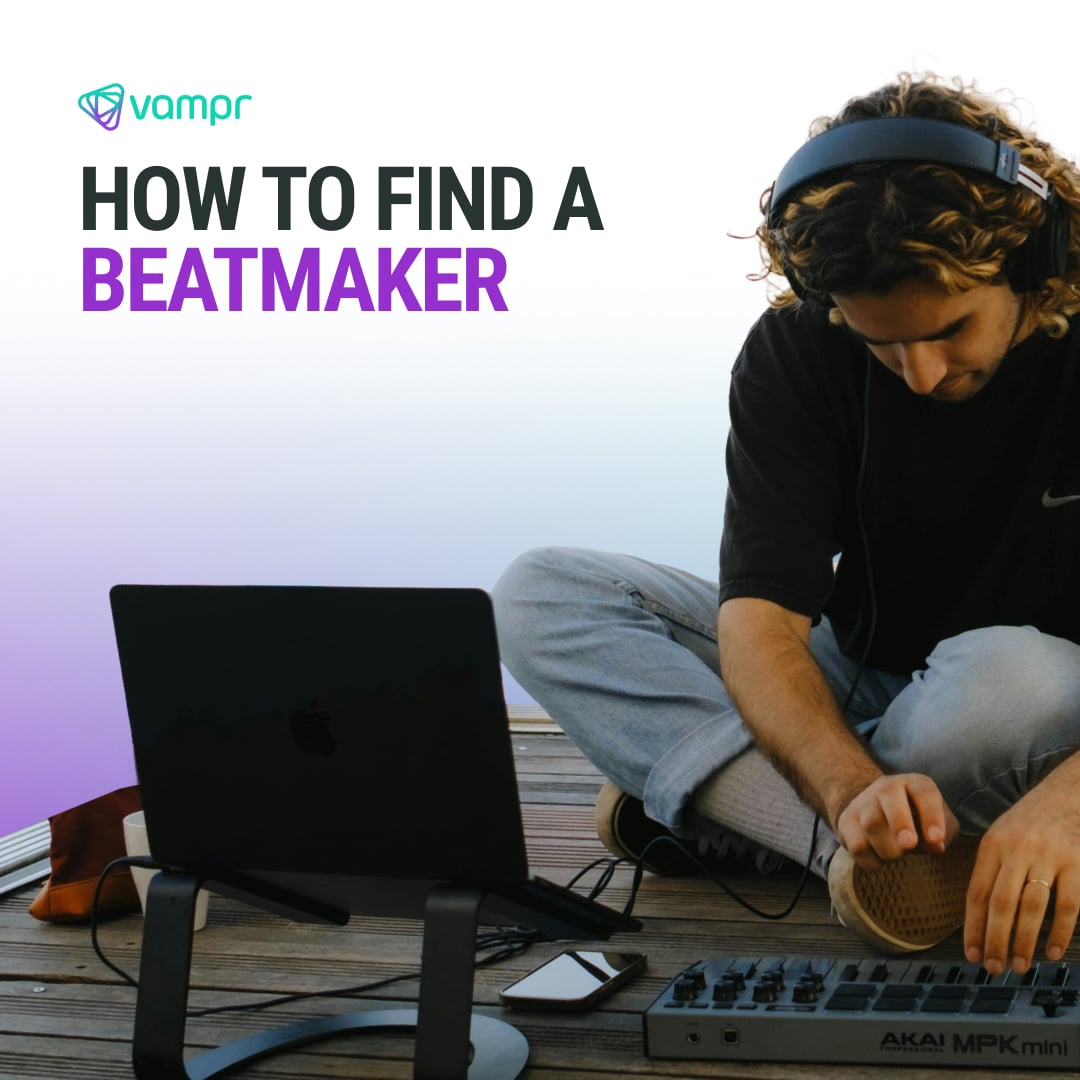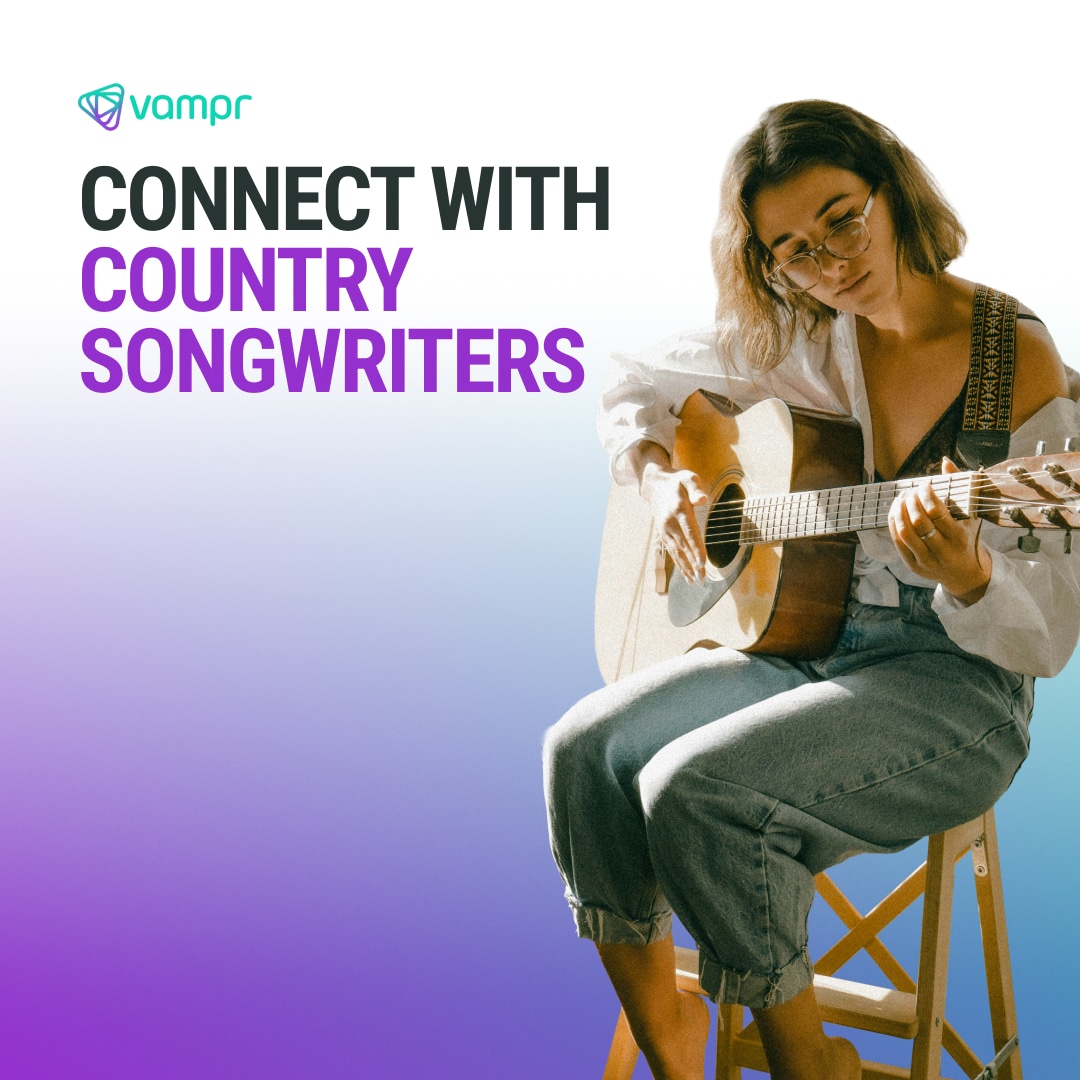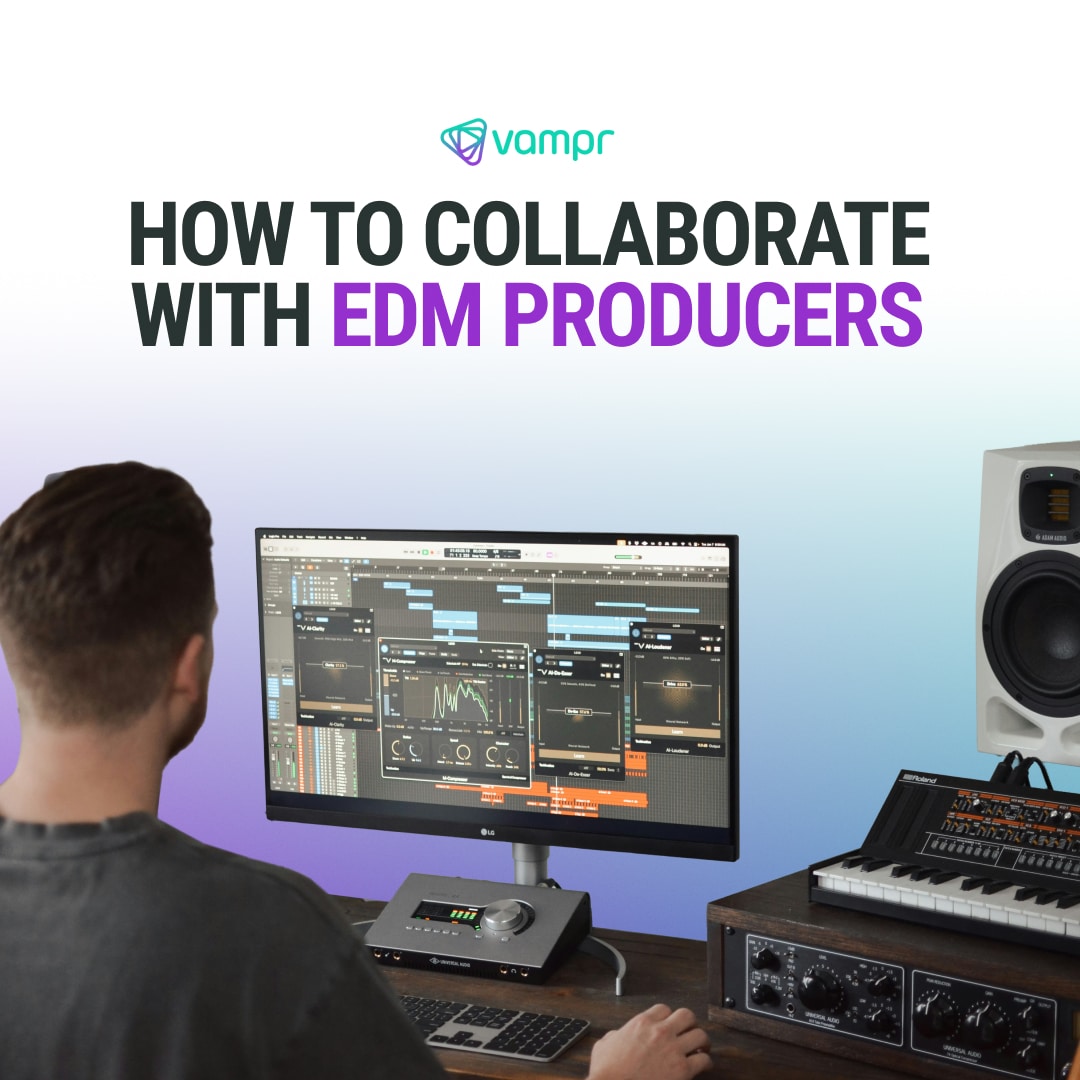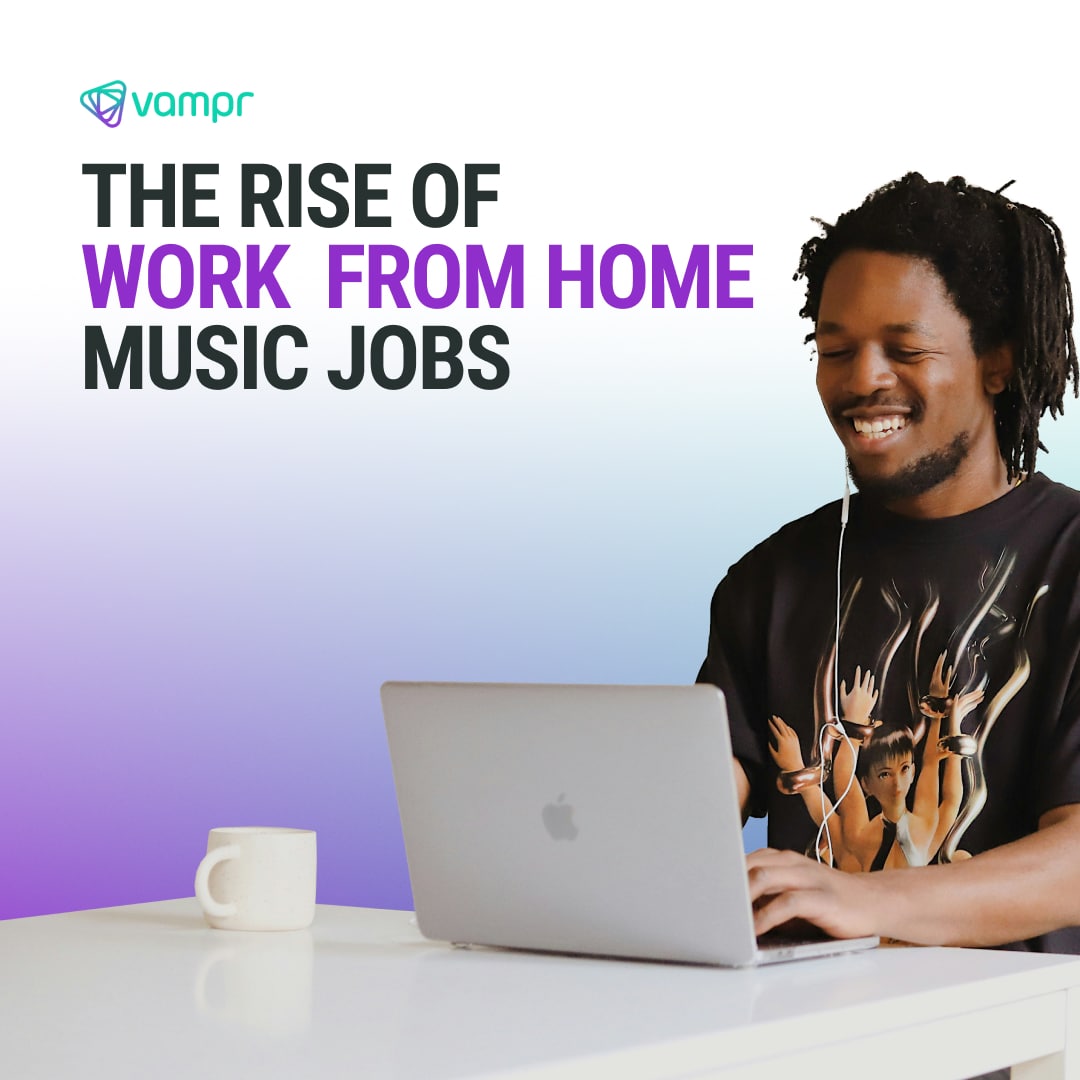What does an online presence look like?
It means you are present across all online platforms that are relevant to you and your audience. To do this, you need to know who your target audiences are. Or, in other words, who you are hoping to reach and impact with your music.
How do you know which platforms musicians should be on?
What you can do to determine which platform you should be on – ask yourself the following:
- How old is my audience?
- Where do they live?
- What are their interests?
- What time are they active online?
- Are they still studying or are they full-time employees?
- Are they avid phone users?
- Which platforms do they most frequent?
Once you have an idea of who your audience is, you can decide which platforms you should be on. As a rule of thumb, all musicians should be on Facebook, Instagram, YouTube, Bandcamp, Linktree, Spotify, Amazon Prime and Apple Music. Why? These are the largest platforms in the world, with the most monthly active users.
It is always a good idea to have your own dedicated website. Not only does this look professional, but it allows viewers to navigate through and find out more about you. This builds further audience engagement. Additionally, you can use data tools like Google Analytics and Meta pixels to track the kinds of audiences who are frequenting your site. Furthermore, you can retarget them through ads once you have this data. This is very useful when you have new music coming out and you want a wider warm audience to see and hear it.
Additional platforms you may want to be present on include Tik Tok, Twitter, LinkedIn, Soundcloud, Twitch, Pinterest, BandsInTown, SongKick, Tidal, Deezer and Pandora.
Determine whether it makes sense for you to be on these additional platforms, will your audiences be active on these and is it worth the extra time and effort posting and maintaining these platforms? It is better to be on fewer and have high-quality content than to be on all of them with minimal activity and low-quality content.
Before you dive in, plan ahead.
What you need
- High-quality press shots
- Correct sized images for the various platforms, for example, 1:1 profile image for Facebook, Instagram and Twitter. 16:9 for banner images.
- Biography
- Mastered music tracks
- Handles that are available across all the platforms you have chosen, make sure you stay consistent across every site. For example, @vamprapp is the same handle across Instagram, Twitter, and Facebook. Easy!
- High-quality video content
- Testimonials
- Register a domain
- A work email, for example, info@thisismyband.com
- A branding guide inclusive of fonts, primary and secondary branded colours, your official logo and aesthetic parameters.
- Examples of websites that you love – try to really be specific about the parts you are drawn to.
Once you have all the above ready to go, it’s simply about setting it all up. Use your work email to sign up to all the different platforms you have chosen so your work and personal stay separate. Upload the correct sized images to all profiles. Make sure you use the same images for all profile pictures so there is consistency across platforms. This will make you instantly recognisable if someone wants to tag you on both Instagram and Facebook. They can tag you and be certain they tagged the correct profile because the same image will give this reassurance.
For website building, you can use tools like Squarespace, Wix, WordPress etc. You can do this yourself or brief a designer, all depending on how complicated you want to get design-wise. This is when having assets ready in advance comes in handy! However, be careful with this. You don’t want to always have to contact your designer when you need to update site information. Your website can have an array of tabs including but not limited to:
Home
This is where people are first sent when entering your site. You want a high-quality image and your logo front and center. It is also important to include things such as your latest releases. A home page can also be a summary page and allow the user to navigate wherever they are most interested.
About
This should include your story/biography.
Music
Any releases, new and old. If you are signed up to BandsInTown or SongKick you can embed your incoming gigs in this section as well. This means they will automatically populate each time you add a show on your account.
Videos
Preferably high quality and not too large. Most sites let YouTube be the video host and use links or code to just show the video. This means you are not going to run into the issue of long loading times.
Gallery
Your best action shots! Give the audience a solid idea of what it is like to be in a crowd at your show.
Contact
A direct email address, preferably capturing first name, last name, mobile number and postcode so you can track where your audiences are located.
Stay active and maintain what you created.
Without online activity, it’s not truly an online presence. Having a curated plan for what to post and how often can be helpful in maintaining your online profiles. Try to document your live events and upload them regularly so that people can keep track of your achievements and incoming shows.
Be sure to keep your website information up to date and accurate as well. There is nothing more frustrating than going through a website and noticing the clear neglect and inaccurate information. It’s important to only have upcoming live performances on your website and old ones either deleted or archived. Have your newest music at the top of the music page and the same for your videos. If you are using a Linktree in your Instagram bio, make sure you regularly update it to reflect current shows and press. It only takes one click on a dead link for someone to give up and navigate away.
Another way to maintain your presence is to be present! Respond as quickly as possible to message inquiries on all platforms. This also includes responding to comments and reactions that you get from users. The more you engage with your followers, the more likely you are to keep them as followers.
Want to know more useful things about online? Vampr Academy is launching a new course called Content Creation Deep Dive. Head to Vampr Academy to learn more >> www.vampr.me/academy

